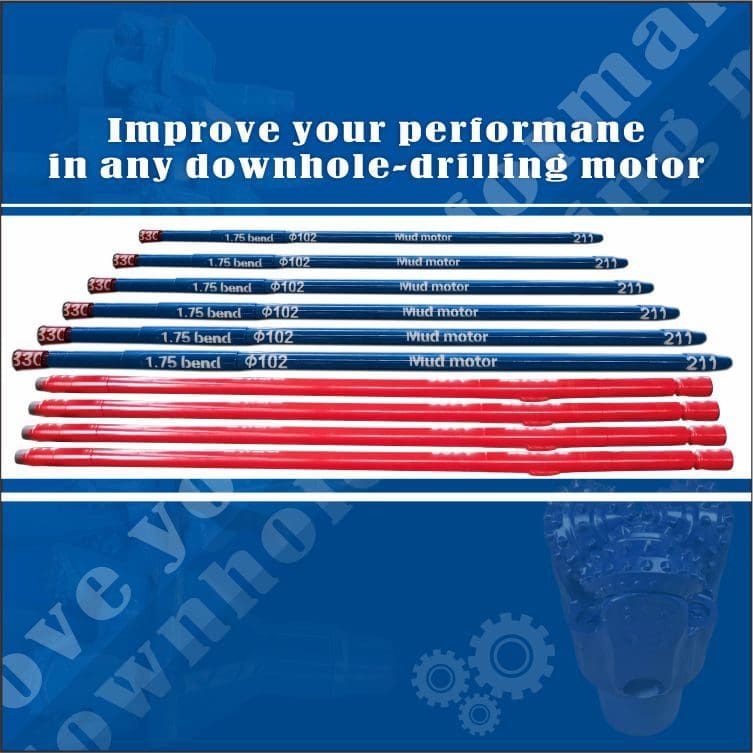Downhole Motors: The Powerhouse of Drilling Operations

In the vast world of drilling, especially in the oil and gas industry, efficiency is paramount. One of the tools that drives this efficiency is the downhole motor. Known by various names such as mud motor, drilling motor, and positive displacement motor, this tool has revolutionized the way we drill, especially when it comes to breaking through hard rock formations.
What is a Downhole Motor?
A downhole motor, often referred to as a mud motor, is a hydromechanical device placed in the Bottom Hole Assembly (BHA) of a drill string. Its primary function is to convert hydraulic power into mechanical power, which then drives the drill bit. This conversion is crucial when conventional rotary drilling techniques are insufficient, such as in directional and horizontal drilling scenarios.
Components of a Downhole Motor
Power Section: This is the heart of the motor. The power section comprises a rotor, a helical-shaped steel bar, and a stator made of a rubber-like material with a helical cavity. As drilling fluid, or mud, is pumped down the drill string, it flows through this rotor-stator assembly. The resulting differential pressure causes the rotor to rotate within the stator, converting the hydraulic power of the fluid into mechanical power.
Transmission Section: Once the power section generates torque and rotation, the transmission section takes over. It transfers this torque and rotation to the drill bit, ensuring that the bit can break through rock formations effectively.
Bearing Section: Drilling is a high-stress operation, and the bearing section is designed to handle this stress. It supports the axial and radial loads generated during the drilling process, ensuring the smooth operation of the entire assembly.
Drill Bit: This is the component that interacts directly with the rock. The drill bit, which can be a roller cone or fixed cutter, rotates and breaks through rock formations, creating the borehole.
Advantages of Downhole Motors
Downhole motors offer several advantages that make them indispensable in modern drilling operations:
Efficiency in Hard Rock Formations: With the help of motors using diamond or polycrystalline diamond compact (PDC) bits, even extremely hard rock formations can be drilled.
High Penetration Rates: Due to the high rotation speeds achievable with downhole motors, drilling can be done at faster rates.
Versatility: Downhole motors are often used in directional drilling, allowing operators to reach target zones more efficiently. They are especially useful in horizontal directional drilling, where the aim is to crack hard rocks.
Continuous Circulation: One of the standout features of downhole motors is that they allow for the continuous circulation of the borehole, irrespective of the horsepower or torque produced by the motor.